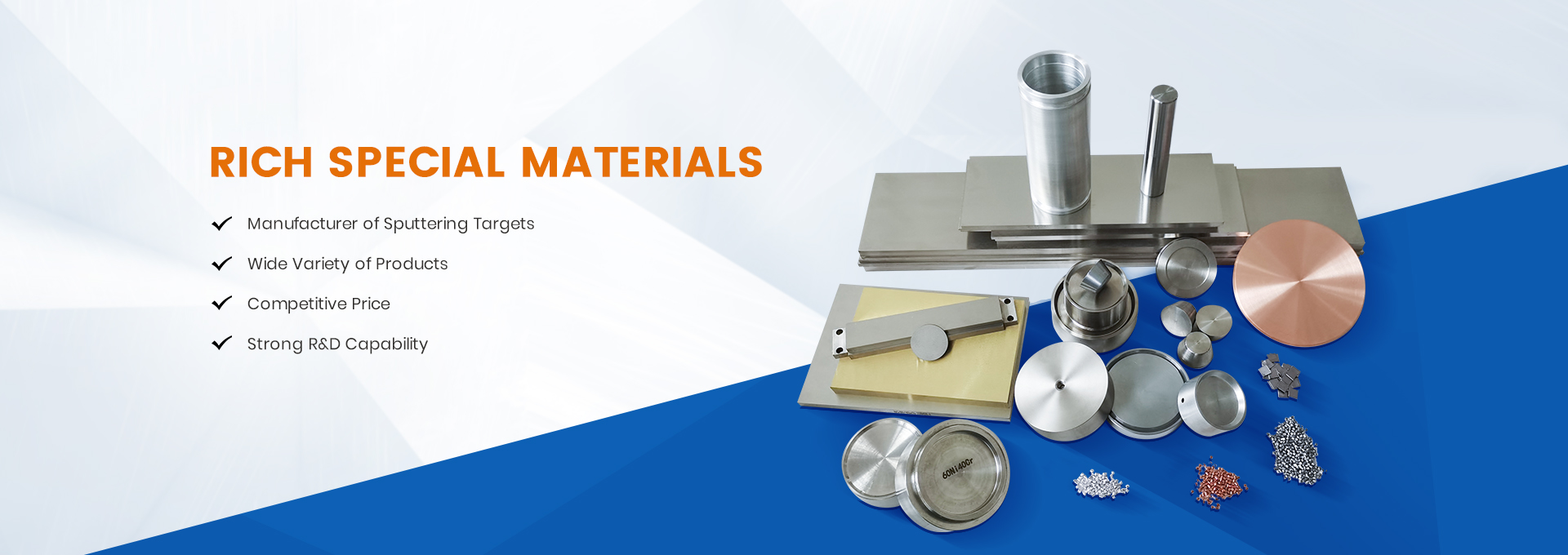GH605 alloy steel product name: [alloy steel] [nickel based alloy] [high nickel alloy] [corrosion-resistant alloy]
Overview of GH605 Characteristics and Application Fields: This alloy has good comprehensive properties in the temperature range of -253 to 700 ℃. The yield strength below 650 ℃ ranks first among deformed high-temperature alloys, and it has good performance, processing performance, and welding performance. The ability to manufacture various complex shaped components has been widely used in aerospace, nuclear energy, petroleum industry, and extrusion molds within the aforementioned temperature range.
GH605 Process Performance and Requirements:
1. This alloy has satisfactory cold and hot forming performance, with a hot working temperature range of 1200-980 ℃. The forging temperature should be high enough to reduce grain boundary carbides and low enough to control grain size. The appropriate forging temperature is about 1170 ℃.
2. The average grain size of the alloy is closely related to the degree of deformation of the forging and the final forging temperature.
3. Alloys can be connected using methods such as solution welding, resistance welding, and fiber welding.
4. Alloy solution treatment: Forgings and forged bars at 1230 ℃, water-cooled.
Detailed information: GH605 cobalt based high-temperature alloy, characteristics and application field overview: This alloy is a cobalt based high-temperature alloy reinforced with 20Cr and 15W solid solution. It has moderate persistent and creep strength below 815 ℃, excellent oxidation resistance below 1090 ℃, and satisfactory forming, welding and other process properties. Suitable for manufacturing hot end high-temperature components such as aviation engine combustion chambers and guide vanes that require moderate strength and excellent high-temperature oxidation resistance. It can also be used in aircraft engines and space shuttles. Mainly used on imported models for manufacturing high-temperature components such as guide vanes, gear outer rings, outer walls, guide vanes, and sealing plates.
Executive standards: American Society for Testing and Materials: B637, B670, B906.
American Material Technical Specification: AMS 5662, 5663, 5664, 5596, 5597, 5832, 5589, 5590.
American Society of Mechanical Engineers: AISI, JIS, GB, AMS, UNS, ASME, DIN, EN, VDM, SMC, AMS/
List of elemental properties of (alloy steel):
Nickel (Ni): Nickel can improve the strength of steel while maintaining good plasticity and toughness. Nickel has high corrosion resistance to acid and alkali, and has rust and heat resistance at high temperatures. However, as nickel is a relatively scarce resource (with a high price), it is advisable to use other alloying elements instead of nickel chromium steel.
Chromium (Cr): In alloy steel, chromium can significantly improve strength, hardness, and wear resistance, while reducing plasticity and toughness. Chromium can also improve the oxygen and corrosion resistance of steel, making it an important alloying element in stainless steel and heat-resistant steel.
Molybdenum (Mo): Molybdenum can refine the grain size of steel, improve hardenability and thermal strength, and maintain sufficient strength and creep resistance at high temperatures (deformation occurs due to long-term stress at high temperatures, known as creep). Adding molybdenum to alloy steel can improve its mechanical properties. It can also suppress the brittleness of alloy steel caused by fire
Post time: Nov-30-2023



